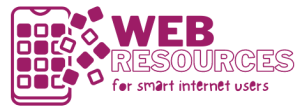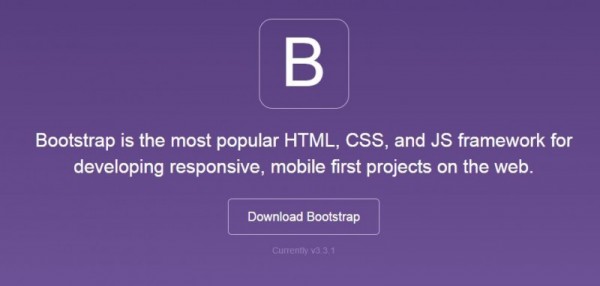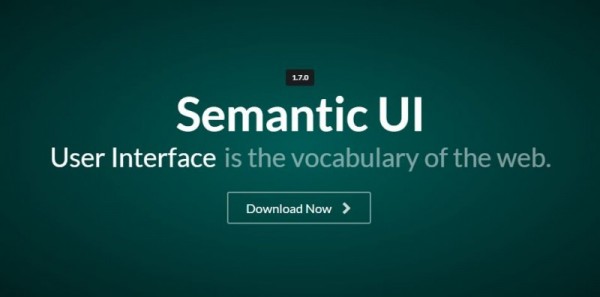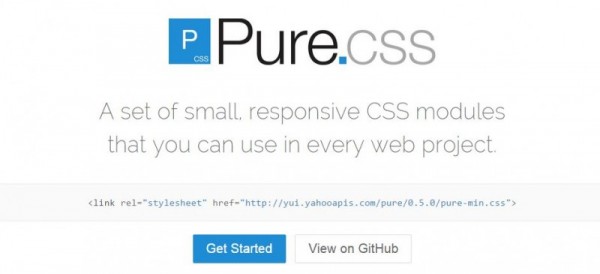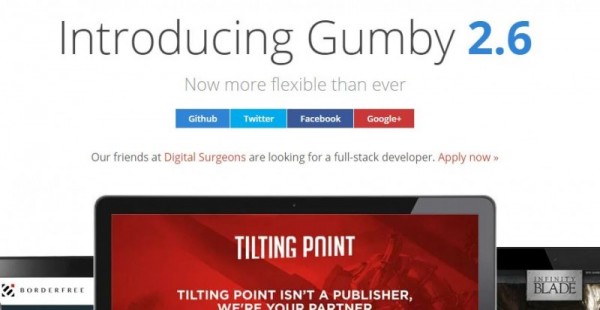Frameworks are the backbone of almost every web application we see around. They bring structure and systematic approach to web application development and improve the work experience of the web developers by taking care of the minimal repetitive work.
Why use a Framework?
Framework defines a specific set of rules and regulations that can improve the development time and overall quality of the application. The basic principle of most of the frameworks out there is to provide modularity and implement DRY(Do Not Repeat Yourself) philosophy. To know, the best CSS framework in current industry can differentiate you and other mediocre web designers.
There are primarily two types of framework, the front-end frameworks such as Bootstrap, Foundation etc., and the back-end frameworks such as Symphony, CodeIgniter, Django etc. Which framework to use is a different question altogether. The best CSS frameworks are those, who meet the current web development standards and brings more peace to the life of the web designers.
Building an application without the use of Frameworks means maintaining the whole codebase from scratch and also testing each and every component that is build. It is not a great idea to build a generic web application without the use of a framework. Also, developing without framework means investing more time on low-level functions and increasing the chances of error-penetration in the system.
Current Web Development trends strongly advocates the use of a framework the traditional web development. Tools and Framework enhance the working environment and improve iteration of the application under development.
The best CSS Frameworks can also help the back-end developers as they might need to fiddle with the application design. So, if you are a back-end developer, do not skim the list below!
The best CSS Frameworks
Today, we are going to list the 5 best CSS frameworks that will make your web designing work easier and streamlined. There are tons of other frameworks, and it is wise to look after them, if anyone of the following frameworks doesn’t help you.
Let’s start with the list of 5 best CSS frameworks for Web Designers.
1. Twitter Bootstrap
Twitter Bootstrap is the first CSS framework that took the market by storm. It produced a brilliant set of codes that when used effectively, can super fast your front-end development. It sports a 12 grid system, which can bring more control to web designing.
Twitter Bootstrap came into existence because of the needs of the Twitter work over multisite. They needed a framework that they can use extensively over a long period of time. So, Jacob Thornton and Mark Otto created an amazing framework. It currently holds the number one framework according to Github and is holding the title for the past two years.
The main feature of Twitter Bootstrap is the responsive first design; that means any web application built with Twitter Bootstrap will be completely responsive. The framework can be used within any type of your project, be it an e-commerce website or a company website, the usage is never ending and non-exhaustive.
The JavaScript module takes care of all the sliders you can draw on the screen. A perfect framework for front-end engineers.
2. Foundation Framework
Foundation by Zurb is another amazing CSS framework, which stands second in our list of best CSS frameworks. It competes highly with the Twitter Bootstrap with similar type of functionality at hand. It would not be unwise to say that Foundation topples some aspect of Twitter Bootstrap and improves on where Twitter Bootstrap has left off.
Functionality wise, it also sports 12 Grid system, JavaScript plug-ins and reusable HTML components. The only difference between Bootstrap and Foundation is the use of Sass stylesheets.
Sass bring more customizability to the foundation framework. And, there is no doubt that when used correctly can bring more result-oriented design compared to Twitter Bootstrap.
3. Semantic-UI
Semantic-UI is the new kid on the block and its gaining popularity faster than the likes of Twitter Bootstrap or Foundation. Semantic UI uses natural language so that development becomes easier.
The Semantic UI is based on jQuery and LESS. The framework works on the idea of providing an amazing lightweight user experience to the user. It also points its focus on sharing UI and that’s why the semantic-UI name.
The framework is structured and it hosts UI components that are re-usable. Currently, there are five descriptive categories. They are UI Module, UI Collection, UI Element, UI View and UI Behaviour.
The framework also sports responsive design layout, and all the application built with Semantic UI can play fair on any device resolution.
To know more visit their official guide page here.
4. Pure Yahoo CSS
Pure Yahoo CSS is a nice alternative to bootstrap, semantic or foundation. It provides a light-weight approach to the framework design. Just like other frameworks, Pure CSS supports responsive design. It also sports 12 Grid System that can be customized by CSS.
The framework has one major difference to other frameworks listed above, the absence of JavaScript library. And, that’s is good. It provides minimal design with no use of shadows or rounded corners.
Anyone, who is looking to build a flat design should not look further than Pure CSS.
You can download and try Pure CSS from here.
5. Gumby 2.6
Gumby is a framework that makes the developer a ninja than a hard-working coder. Gumby can be used bring results faster on the table with emphasis on responsive design. The framework is built upon the SaaS pre-processor so knowledge of SasS will keep you friendly with Gumby 2.
Gumby 2 also uses modern web standards such as using the 12 Grid System. Apart from that Gumby 2 utilizes concepts such as Semantic Tiles, Fancy tiles and more. Reusability is also a major component of Gumby framework.
You can try Gumby 2 framework, here.
Verdict
The above best CSS frameworks are more than enough to meet your designing needs. But, there are one more framework that could have made in the list, the Ink Interface Kit. You can learn about Ink, here.
Do you think the above best CSS framework list is justified? If not, then please let us know, what we missed. Also share knowledge with BFWR community!
